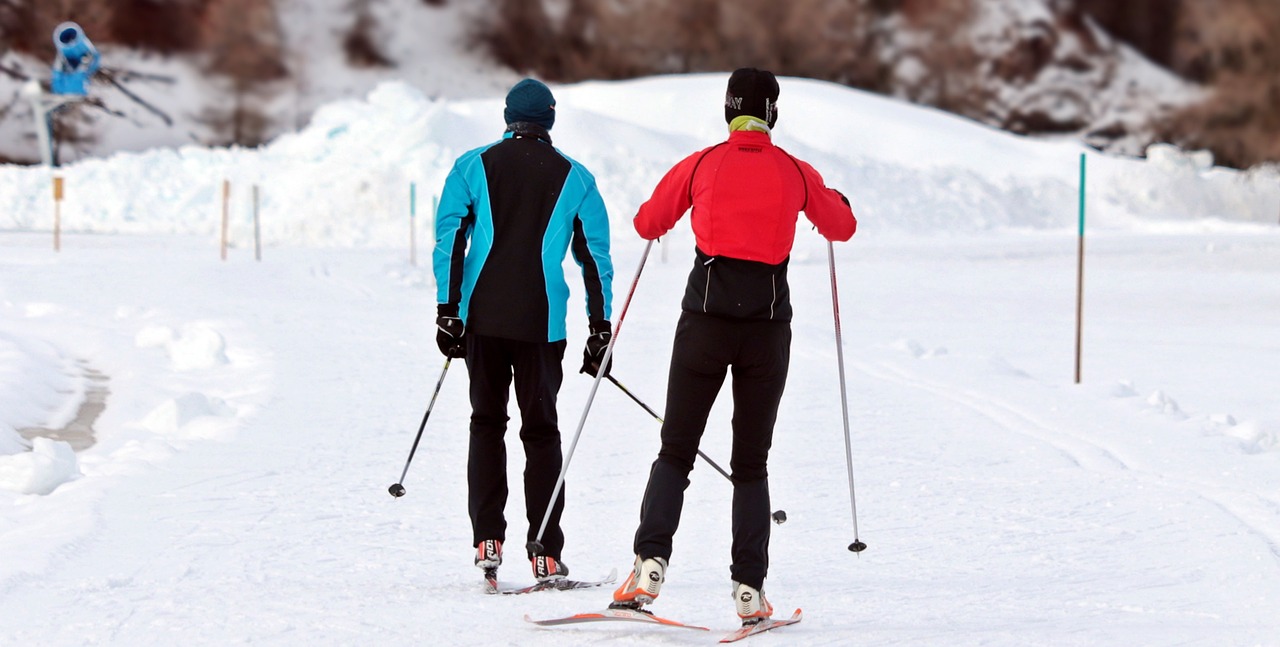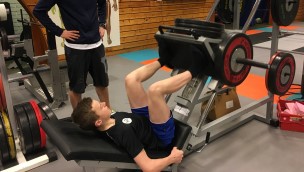Heavy breathing and Respiratory Problems
When you train hard, your airways become more vulnerable. When you train hard in cold weather or polluted air, they become even more vulnerable.

In relation to training, respiratory problems can be divided into two main categories: the moretemporary problems and more chronic problems. The most common chronic problems are asthma and EILO (exercise induced laryngeal obstruction). The most common temporary problems are either related to upper airways infections like colds, sinusitis, andthroat infections or to lower airways infections like bronchitis.
We will come back to the chronic problems at the end of this article. First, let's take a look at the more temporary problems.
Upper and Lower airways
By airways we mean the parts of the body involved when breathing and taking in oxygen. We divide the airways into upper and lower airways, divided by the vocal cords (larynx) in the middle of the throat.
When are you most vulnerable?
There are several situations where the body is particularly susceptible to respiratory problems, such as:
- During the hours after training, especially after hard sessions
- After a recent respiratory infection
- With little sleep, especially over time
- With poor diet (both short-term and long-term)
- With large fluctuations in training load
- When traveling, especially by plane
- When training in cold air
Hygiene and Rest
In orderto avoid respiratory problems, a basic advice is to avoid an excessive total load on the body. Making sure you get enough sleep and rest, and enough food and drink during and after training is essential. Good hygiene is another fundamental piece of advice – primarily to avoid infectious diseases.
What can you do?
When you are active in the cold, it is wise to take some precautions:
- Make sure to warm up well. If you are going to compete or train more intensively, a total warm-up time of 30–40 minutes might be a good starting point. Starting lightly with 10–20 minutes, with a gradual increase of during the last part of the warm-up.
- Avoid sudden transitions in temperature if possible (from heat to cold or cold to heat).
- If the temperature is very low, it may be wise to use a cold mask. These are available at pharmacies or in sports stores.
- You should not compete in extremely cold weather, and also avoid high-intensity training outdoors.
- If you have been ill, it is always wise to gradually return to sport and normal training. This reduces your risk of recurrencies or getting sick again.
Chronic Problems
Temporary respiratory problems can develop into chronic problems, such as asthma. In some sports, athletes are more susceptible to chronic respiratory diseases than others. We can divide these sports into four groups:
- Endurance sport, where athletes are exposed to cold air
- Swimming, probably because the swimmers breathe in chlorinated air
- Marathon and bicycling,probably due to competing in a polluted urban environment
- Indoor ice-rink sports, probably because of exhaust from ice resurfaces.
Chronic respiratory problems in athletes from these sports can therefore often be considered an occupational injury.
It is also important to remember that asthma is a quite common disease in the general population. So, even if you are not particularly exposed to cold or polluted air in your sport, but experience heavy breathing during or after exercise, it is always wise to check it out.
In short, asthma makes it difficult to breathe out, and EILO makes it difficult to breathe in. The treatment options between the two differ greatly.
See a doctor if you think you might have chronic respiratory problem.


